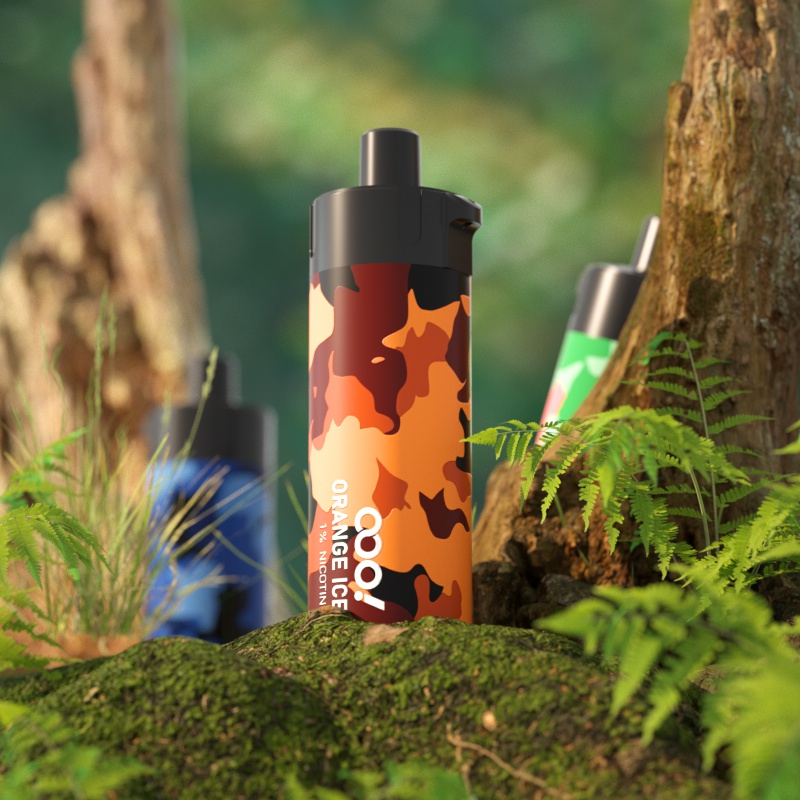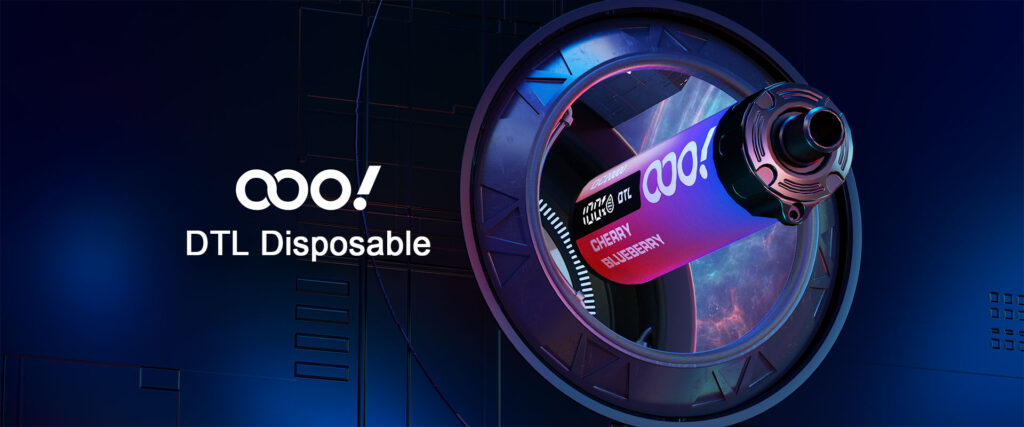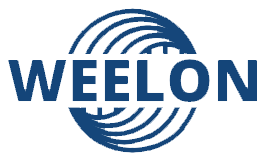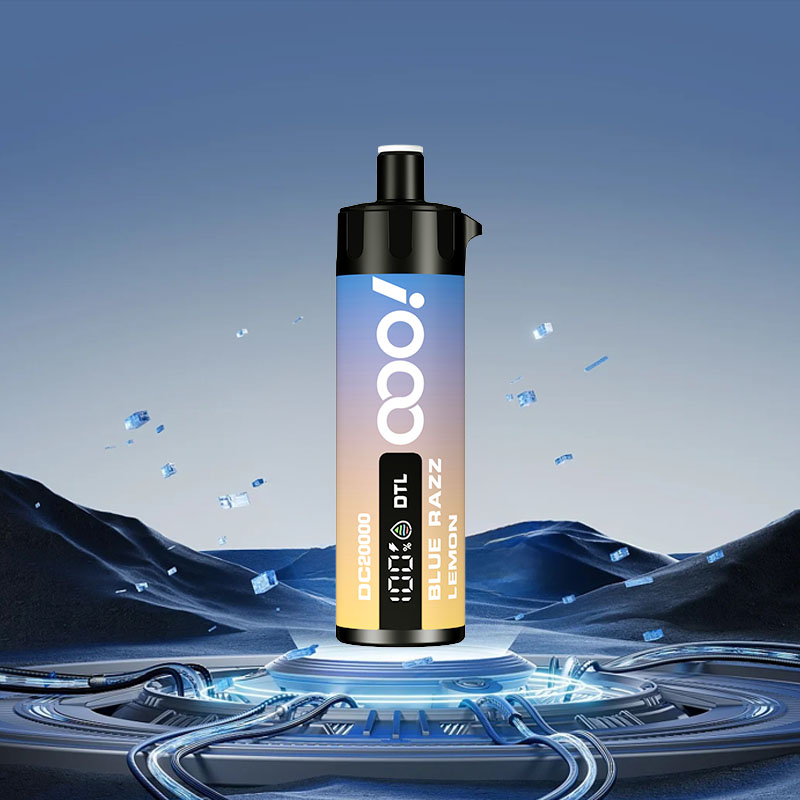The disposable vape market has experienced significant growth and transformation from 2019 to the present. This period has been marked by shifts in consumer behavior, regulatory changes, and advancements in product technology.
Market Growth and Trends
From 2019 to 2024, the global disposable vape market has seen substantial expansion. In 2019, the market started gaining traction as disposable vapes became popular for their convenience and ease of use. The market’s value has consistently increased, driven by rising demand among younger populations and individuals seeking alternatives to traditional cigarettes.
The introduction of innovative products such as nicotine salts, which provide a smoother nicotine delivery, has played a crucial role in boosting the market. Companies, which pioneered the use of nicotine salts, have significantly influenced market trends. By 2020, the market had diversified with numerous brands offering a wide array of flavors and nicotine strengths, appealing to a broad consumer base.
Regional Market Dynamics
The market’s growth trajectory has varied across regions:
North America: This region has dominated the disposable vape market, primarily due to high adoption rates in the U.S. and Canada. The popularity of flavors and the marketing of vapes as a less harmful alternative to smoking have driven demand. Regulatory changes, such as flavor bans in certain states, have also influenced market dynamics.
Europe: The European market has seen rapid growth, particularly in countries like the UK, France, and Germany. The acceptance of vaping as a smoking cessation tool and favorable regulatory environments have supported this growth. The demand for fruit and dessert flavors is particularly high in this region.
Asia Pacific: This region presents a mixed picture. While countries like China have a thriving market due to large-scale manufacturing and local consumption, other countries like India and Singapore have imposed bans on e-cigarettes, which has impacted market growth. However, regions with fewer restrictions continue to see increasing demand.
Key Market Players
Major companies such as Philip Morris International, British American Tobacco, Labs, and Japan Tobacco have been pivotal in shaping the market. These companies have invested heavily in research and development, leading to product innovations that enhance user experience and safety.
For instance, Philip Morris has been at the forefront with its IQOS devices, and Labs has maintained a strong market presence despite facing regulatory challenges in various regions. New entrants and smaller companies have also carved out niches by offering unique flavors and high-quality products.

Consumer Behavior and Preferences
Consumer preferences have evolved significantly over the years. Initially, the market was dominated by traditional tobacco flavors, but there has been a noticeable shift towards fruity and sweet flavors. This change is largely driven by younger consumers who prefer diverse flavor options.
Affordability and ease of use are major factors influencing consumer choices. Disposable vapes, which eliminate the need for maintenance and refilling, cater to consumers looking for convenience. Additionally, the trend towards lower nicotine concentrations has gained traction, as it appeals to light smokers and those attempting to reduce nicotine intake.

Challenges and Opportunities
The disposable vape market faces several challenges:
Regulatory Scrutiny: Increasing regulatory pressure, particularly concerning youth vaping and flavor bans, poses a significant challenge. Governments worldwide are implementing stricter regulations to control the sale and marketing of vaping products.
Environmental Concerns: The environmental impact of disposable vapes, particularly regarding battery disposal and plastic waste, is a growing concern. Companies are exploring more sustainable options, such as recyclable materials and eco-friendly designs.
Health Concerns: While marketed as safer alternatives to smoking, disposable vapes are still under scrutiny for their long-term health effects. Ongoing research and potential health warnings could impact market growth.
Despite these challenges, there are substantial opportunities for growth:
Technological Innovations: Continued advancements in vape technology, including improved battery life and better e-liquid formulations, will drive market growth. Innovations that address safety and environmental concerns will likely gain consumer trust and regulatory approval.
Emerging Markets: Developing countries present significant growth opportunities as vaping becomes more accepted. Expanding distribution networks and localized marketing strategies can help tap into these markets.
Product Differentiation: Companies that offer unique and high-quality products, such as customizable vapes or those with innovative features like nicotine salt formulations, can differentiate themselves in a crowded market.
Future Outlook
The future of the disposable vape market looks promising, with expected continued growth driven by technological advancements, evolving consumer preferences, and expanding global reach. However, companies will need to navigate regulatory landscapes carefully and address environmental and health concerns to sustain long-term growth.
The period from 2019 to 2024 has set the stage for a dynamic and rapidly evolving disposable vape market. As the industry continues to innovate and adapt, it will be essential for stakeholders to stay informed about trends and regulatory changes to capitalize on emerging opportunities

